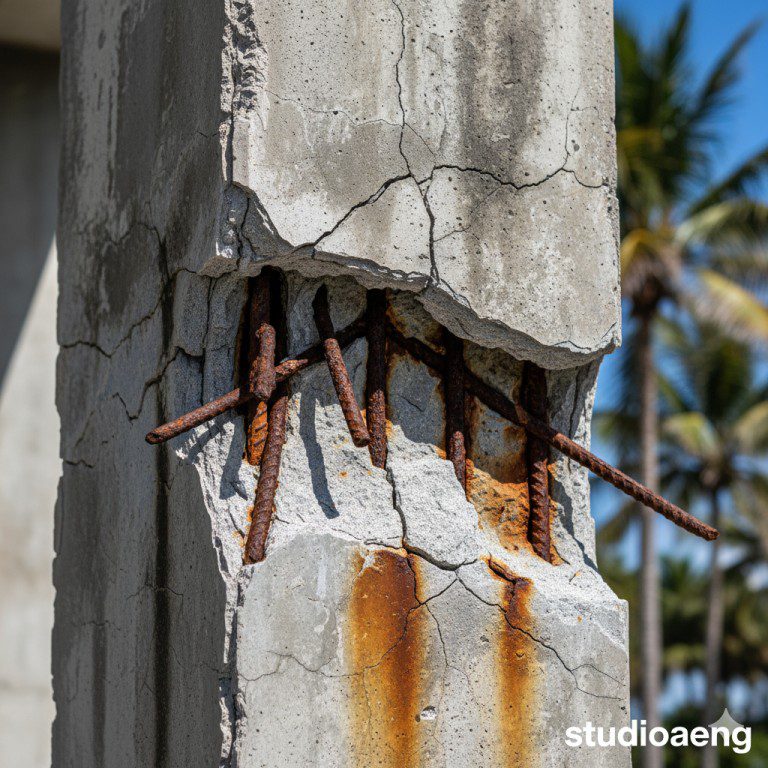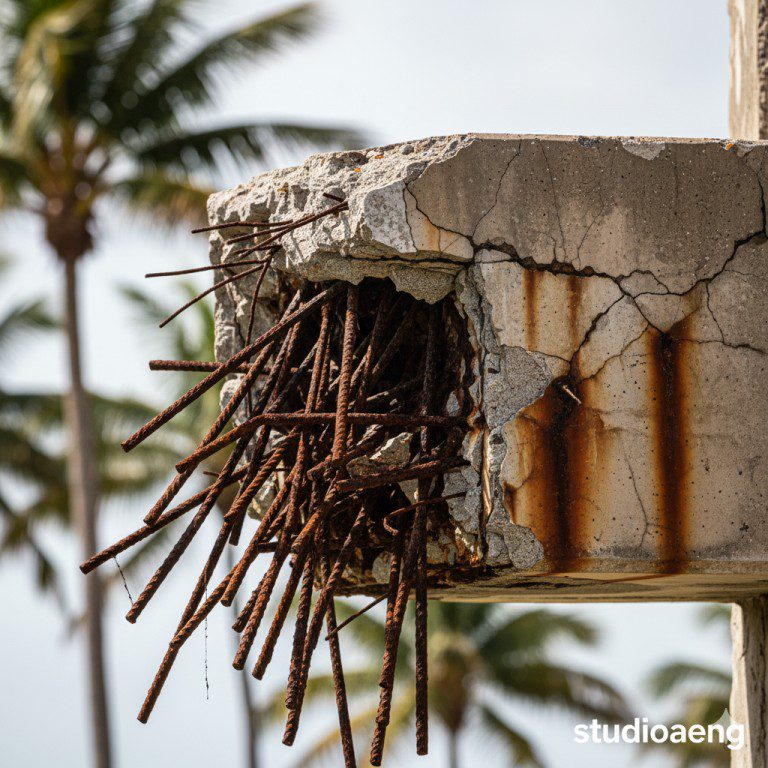Will My Building Pass? 5 Common Issues Found During Milestone Inspections
For condominium boards, one of the most stressful questions is, “Will our building pass its recertification?” The prospect of discovering major milestone inspection issues can be daunting, raising concerns about safety, cost, and compliance. Understanding what a licensed engineer looks for during this process is the first step toward preparing your association for a successful outcome.
This guide breaks down the five most common structural problems we identify during a Milestone Inspection (also known as a Forty Years Recertification). Recognizing these red flags early can help your board plan effectively and address problems before they become critical.
Table of Contents
Why These Common Milestone Inspection Issues Matter
These issues are not just cosmetic. They are often indicators of underlying problems that can affect the structural integrity of your building. A qualified Structural Engineer is trained to see beyond a surface crack and diagnose the root cause, which is essential for ensuring long-term safety and achieving your Milestone Certification.
1. Concrete Spalling and Delamination
One of the most frequent milestone inspection issues we find is “spalling.” This is where the surface of the concrete begins to crack, flake, or break away. It is often caused by the corrosion of the steel rebar inside the concrete. As the rebar rusts, it expands, pushing the concrete outward and causing it to pop off. This is especially common in Florida’s coastal, salt-rich air.


2. Exposed and Corroded Reinforcing Steel (Rebar)
When spalling becomes severe, the rebar inside the concrete becomes exposed to the elements. Once exposed, the corrosion process accelerates dramatically. Corroded rebar loses its strength and can no longer effectively reinforce the concrete, which can seriously compromise the integrity of balconies, columns, and beams.
3. Post-Tension Cable Issues
Many modern high-rises are built using post-tensioned concrete slabs. These slabs contain high-strength steel cables that are put under tension to increase strength. If the protective sheathing around these cables is damaged, moisture can get in and cause the cable to corrode and snap. A snapped cable is a serious structural event, and our inspectors are trained to look for the subtle signs that this may have occurred.

4. Significant Structural Cracks
It takes a professional Structural Engineer to distinguish between a minor cosmetic crack and a significant structural one. We analyze the width, length, and direction of cracks. Horizontal or “stair-step” cracks in walls, for example, can indicate serious foundation settlement or pressure, which are critical milestone inspection issues that must be addressed.
5. Waterproofing and Sealant Failures
Failed waterproofing around windows, balconies, and expansion joints is more than just a leak problem; it’s a structural problem. Persistent water intrusion is the primary cause of rebar corrosion and concrete spalling. A thorough inspection evaluates the condition of these critical protective barriers. For more information on concrete standards, you can visit the American Concrete Institute (ACI).What to Do If Issues Are Found
Discovering one of these issues doesn’t mean an automatic failure. It means it’s time for a plan. A professional Structural Engineer will not only identify the problem but will also provide a detailed report and, if needed, a scope of work for the necessary repairs. This expert guidance is essential for getting accurate bids from contractors and ensuring the problem is fixed correctly.
Our firm specializes in both the inspection and the subsequent structural design for repairs. You can learn more about our comprehensive approach on our Structural Engineering service page.
Contact us today for a consultation. Don’t wait for an official notice to wonder about your building’s condition.
